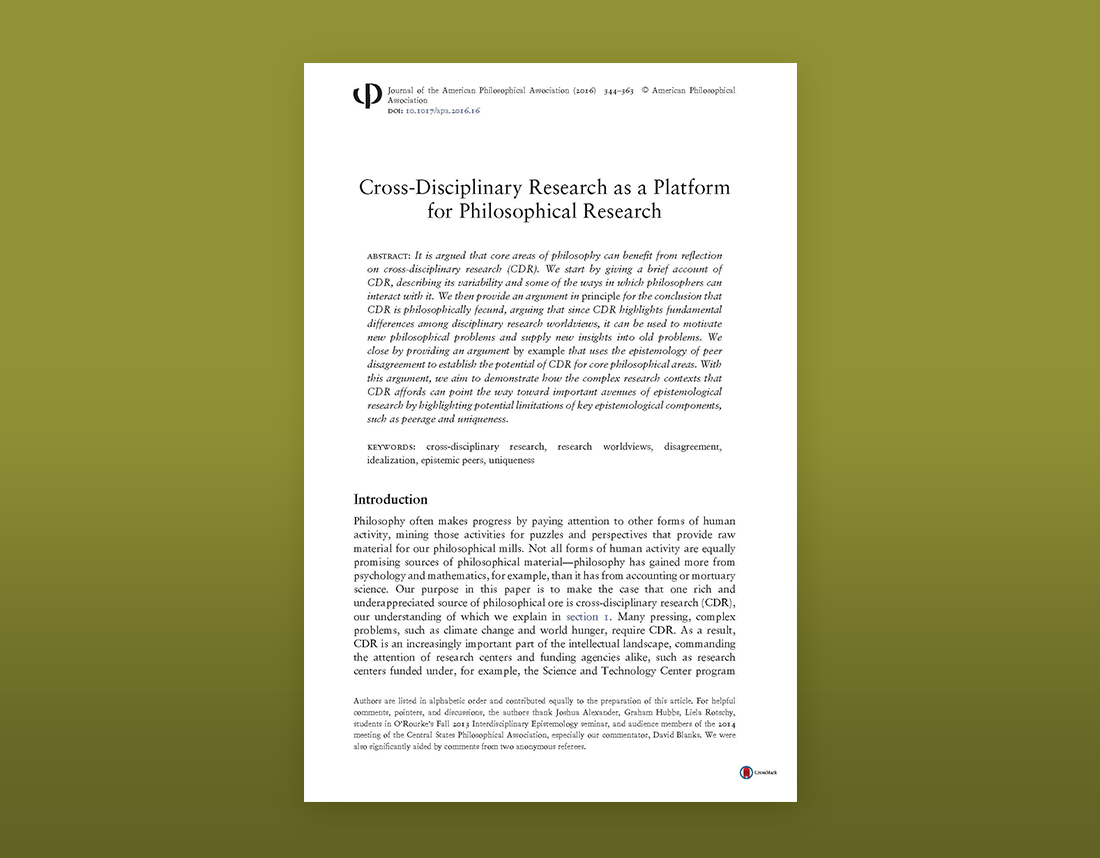Hemolysins lyse RBCs and other cell types Hyaluronidase.
Bacterial virulence is determined in part by the type and number of factors the bacterium expresses to successfully complete its life cycle in an animal. In general, virulence factors are coded for by more than one bacterial gene. Other things that can indirectly influence the success of these virulence factors include physical and environmental stressors, such as weather, access to food and.
Virulence factors are molecules produced by bacteria, viruses, fungi, and protozoa that add to their effectiveness and enable them to achieve the following: (citation needed). colonization of a niche in the host (this includes attachment to cells) immunoevasion, evasion of the host's immune response; immunosuppression, inhibition of the host's immune response.

Bacterial Classification, Structure and Function Introduction The purpose of this lecture is to introduce you to terminology used in microbiology. The lecture will: 1. Cover different classification schemes for grouping bacteria, especially the use of the Gram stain 2. Describe the different types of bacteria 3. Discuss bacterial structure and the function of the different bacterial components.

Practical 2. Catalase Test. test used to distinguish Staphylococcus from Streptococcus and Enterococcus; if Staph, produces enzyme called catalase that reacts with toxic oxygen by-product hydrogen peroxide, breaking into water and molecular oxygen. Bubbling reaction will occur if positve. Lancefield Classification. categorizes streptococci based on similar surface antigens. Streptococcus.

Hemolysins have the ability to lyse erythrocytes and other cell membranes, which make them potential virulence factors. Adhesion and persistence of Leptospira spp. in the host; Leptospira spp. are not facultative intracellular pathogens like Salmonella or Mycobacterium but reside within host cells only transiently as they rapidly translocate through cell monolayers in vitro. Within non.

Bacteria in the genus Staphylococcus are pathogens of man and other mammals. Traditionally they were divided into two groups on the basis of their ability to clot blood plasma (the coagulase reaction). The coagulase-positive staphylococci constitute the most pathogenic species S aureus. The coagulase-negative staphylococci (CNS) are now known to comprise over 30 other species. The CNS are.

COLONIZATION. S. aureus acquired from an external source could be the cause of an infection when inoculated into an open wound. More commonly, the human host is infected by bacteria that colonize her or his skin or mucosal surface(7, 8).The mucosal surfaces that harbor S. aureus include the nose, throat, vaginal wall, and GI tract. Nasal carriage is probably most important because nose-picking.

The importance of bacteria to humans Bacteria in food. Milk from a healthy cow initially contains very few bacteria, which primarily come from the skin of the cow and the procedures for handling the milk. Milk is an excellent growth medium for numerous bacteria, and the bacteria can increase rapidly in numbers unless the milk is properly processed.. Bacterial growth can spoil the milk or even.

Hemolytic anemia is a blood disorder that occurs when your red blood cells are destroyed faster than they can be replaced. Red blood cells develop in the bone marrow, which is the sponge-like tissue inside your bones. Your body normally destroys old or faulty red blood cells in the spleen or other parts of your body through a process called.

Eukaryote, any cell or organism that possesses a clearly defined nucleus. The eukaryotic cell has a nuclear membrane that surrounds the nucleus, in which the well-defined chromosomes (bodies containing the hereditary material) are located. Eukaryotic cells also contain organelles, including mitochondria (cellular energy exchangers), a Golgi apparatus (secretory device), an endoplasmic.

Sample Critical Thinking Paper on Gram Positive Cocci We do not share your personal information with any company or person. We have also ensured that the ordering process is secure; you can check the security feature in the browser.

Blood agar is an enriched, bacterial growth medium.Fastidious organisms, such as streptococci, do not grow well on ordinary growth media.Blood agar is a type of growth medium (trypticase soya agar enriched with 5% sheep blood) that encourages the growth of bacteria, such as streptococci, that otherwise wouldn’t grow.Blood contains inhibitors for certain bacteria such as Neisseria and.

Staphylococcus aureus causes a variety of suppurative (pus-forming) infections and toxinoses in humans. It causes superficial skin lesions such as boils, styes and furuncules; more serious infections such as pneumonia, mastitis, phlebitis, meningitis, and urinary tract infections; and deep-seated infections, such as osteomyelitis and endocarditis.



